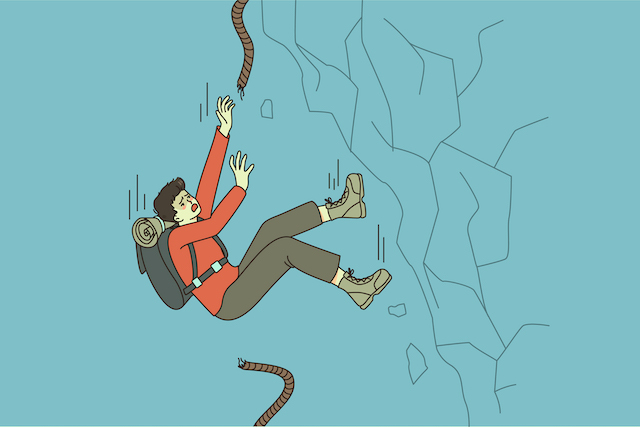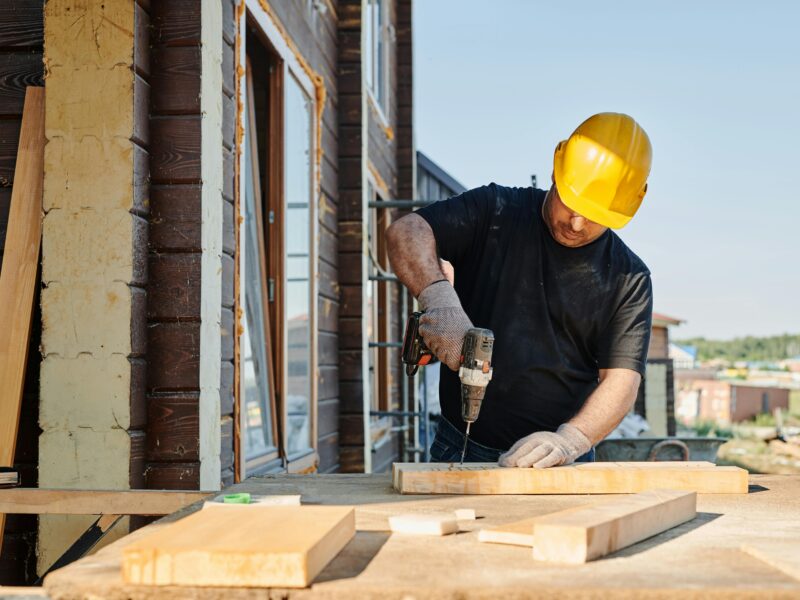
“Why don’t you get up and make the coffee, while I stay in my sleeping bag and plan our ascent route?” Half-heartedly, I ask Hank my climbing partner.
He just looks at me with that unassuming, “give-me-a-break Val Jon” look of his. It’s three o’clock in the morning, cold, dark, and damp, and neither of us wants to leave the comfort of our tent. But we’re committed to this climb, so we don our parkas and gloves and confront the bitter cold.
Hank and me gather our gear in silence and meet the rest of the climbers at base camp at 11000 feet.
Threety-three climbers joined together to make this amazing ice climb up Mount Shasta, Northern California. Our team meets and decides to ascend via “Avalanche Gulch,” The treacherous glacier route climbs up steep, icy slopes. This particular route is shorter than others, but it’s also notorious for its deep crevasses and unstable blue fractures, so one wrong move could mean sudden death.
For ice climbing, crampons are required for boots as well as ice axes to provide leverage and brake. Near-vertical climbs do not require belays, ropes or carabiners.
Ice climbing is not easy. A climber can lose their footing when they are on steep slopes. It’s done by grabbing the ax with both hands, flipping onto one’s side, and plunging the sharp metal tong into the ice.
A firmly planted ax serves as an anchor and stabilizes the fallen climber’s position until they can regain their footing. Every member of the team had practiced the braking technique many times.
We begin the climb to the summit as the full moon gives off a blueish glow on the ice. A massive fissure runs vertically through the face of the steep glacier at 12000 feet. The fissure’s left edge is where we go, and it crosses back around thirty feet. Climbing to the slope’s center, we zig-zag our way up to gain altitude and distance from the crevasse.
The treacherous task of traversing through crevasses can be dangerous. The entire group can be pulled down if one climber falls. We are free to climb independently and not tied down. To provide support, we are organized in small groups of six.
Everything goes smoothly as we climb above the crevasse. Then, one day I am suddenly thrown off my left foot by the crampon and lose my footing.
As I tumble headfirst downhill from the top, my instinct is to grab my ice-ax with both of my hands and stop. However, landing hard on my stomach, I feel my ax swing from my hands, and slide down the steep slope toward the crevasse.
My life is flashing before my eyes in a moment of terror frozen. Ich werde to die!My flailing body collides into something solid and knocks out the wind.
Stunned and disoriented on my back with my head pointed downhill, I’m unable to get a bearing on how close to the edge I’ve come and how close to death I am.
As I look up, there is a blurring of movements and dark shifting images. Hank, my climbers, and I clear the snow from my glasses. They catch me in a net just yards away as I am about to fall over the crevasse’s edge.
I’m in shock, numb, and completely speechless. I’m also totally embarrassed and feeling extremely vulnerable. I’ve spent years being a strong and independent man, priding myself on not needing the help of anyone. I have always considered needing to be helped a sign that I was weak, and this is why it’s so disturbing.
“We’ve got you, VJ! Hold on buddy, we’re not gonna let you fall!” I tried to respond by trying to raise my hand. “Thanks guys, I can take it from here.” “Lay still, you’re pushing us back towards the edge!” Hank barks at my. “No, really, I’m okay guys, I’ve got this.” It was impossible for me to be the weakest in this chain. I was able to get some replies from my fellow team members this time. “No you don’t have it VJ, you need to stop right now or you’re going to kill us all!”
The message reached the masses. It was too hard for me to accept the reality that I must kill fellow climbers in order to keep my control. It is a shocking realization that breaks my macho control system. I am able to relax and let them assist me.
As they reattach my gear, stand me up and reassure me with pats on the back, I realize it’s nearly impossible for anyone to support me. This is both a wonderful and humbling experience.
My chest tightens and tears come to my eyes as I realize how many times in my life I’ve not let others help or support me. It is a statement I will always hold dear. “No problem, I can do it myself.” I didn’t want to burden anyone or put anyone out.
However, the deeper truth is that I could be held responsible for their actions in the future if they support me. They might then be able to control me in the same way that my father did with me when I was a child.
Looking into the caring faces of my fellow climbers, I suddenly see superimposed images of my mother, sister, and little brother, my friends, and exes who I’ve shunned and alienated with my stubborn macho independence
Reflecting on my frustration at not being able help others, I realize the hurt and pain it must have caused. I’ve had so many chances to receive the love and support of my family, but I must be independent and strong.
It was selfish and arrogant for me to take away their opportunity to help me! I could easily fall to humiliation at this display of self-importance.
As I stand here, among the many who have sacrificed their lives for mine, I see that I have two options. I can either act out my shame and conceal my individualism or I can open my heart to their support and care.
It is my choice to put aside humiliation and embrace humility. As I do this, I feel flooded with emotion. For the first time in my life, as far back as I can remember, I’m able to see that accepting help from others is not a sign of weakness, it’s an act of humility.
I also realize that rather than being a burden to people when I’m in need, it allows them to feel useful and to make a difference by offering their support and care. There’s no doubt that my fellow climbers are ecstatic about having just saved my life; I can see the joy and exhilaration on their faces.
As I’m still protected by my human network of care, each of them has saved my life. I also want to express my gratitude for not putting their lives in danger. They all nod in agreement, and almost everyone tells me they think it was more important for them to save my life than to blame me for not being more attentive.
My defensive armor begins to melt as I let myself be vulnerable, and then my care is taken in by them. Our ascent continues, and I am overcome with emotion as my friends offer their support.
This is so strange and amazing for me. I don’t need to see out of my glasses because I have the full support of those behind me as well as those in front to help me along if I need it.
I’ve always been the one to give support to others, but now I can receive support as well. This awareness suddenly comes to me and I feel a deep realization that will stay with me for many years.
As I exhale, it’s synonymous with the movement of giving support, and as I inhale, it’s synonymous with the movement of receiving support. Engaging in both inhaling and exhaling doesn’t mean I’m weak, it means I’m human.
We all climbed to Mt. 14,179 feet without further incident. Shasta, where the curves of the earth are embraced by a crystal blue sky. Although it looks small and only twenty feet across, the summit perch is a tiny crater. Its outer edge is made of a circle of rocky rock crags, with one peak that marks the pinnacle.
A blissful exchange of laughter, tears and shining faces sit next to each other.
Following a celebration of our achievement, we start the ritual to read and sign the register book on top of all climbable mountains around the world. It is located at Mt. Shasta is found in the green metal canister located under Western crag.
Like the others, each member of our team takes advantage of this opportunity to read the book. Hank gives it to me after he finishes. After Hank has finished, I turn through the yellowed pages to find a section written by a climber in October 1972. I’ll never forget the inscription:
“Father, I dedicate this climb to you. I’m standing at the top of Mount Shasta today because of the love, support, and encouragement you gave me as I was growing up. It’s because of your commitment and love that I was able to make it to the summit today. Even though you were wounded in combat, your legs have been permanently disabled and are no longer able to support me. Father, I just want to let you know that I am standing today on top of the mountain for us both. I love you with all my heart and all my soul, your son John.”
This dedication is beautiful! I take in the grAndeur of the Earth’s curve from this high summit, close the book, and clutch it firmly to my chest. A wave of inspiration fills me, and I feel deep abiding compassion for all the world’s fathers, sons, mothers, and daughters . . . andThe humility I felt deep inside me is pushing me to do something about it.
You see, up until this very moment I’ve coveted a deep wound in my psyche. When I was young, my father brutally assaulted me. I ended up cutting myself off in my 20s vowing that I would never again speak with him.
However, I now have to choose. . . Do I continue my power and empower the many reasons I shouldn’t reach out to him? Should I be humble and try to reconnect after all the years? In these difficult decisions, we can both examine the truth of our inspirations, and find out what it is that drives us.
I chose to make my own decision. I didn’t just resurrect my father-daughter relationship, but I also affirmed my belief that it was more important for me to live with open hearts and respect the humility I received high up at the top of the mountain of humility.
![]()
Val Jon Farris
Val Jon Farris is an award-winning author, leadership development expert, and personal growth practitioner. Over forty thousand people have attended his workshops and programs in corporate and government sectors. Val Jon is well known for his warmth and anecdotal storytelling style as well as his profound insight into humanity and higher consciousness. The second volume of his books is called “Val Jon’s Second Book.” Explore the World of Travelers Inside: A Journey Into Being Human Above and Beyond is available on Amazon.com at: https://www.amazon.com/dp/B07XF7WJMV. Website: www.travelerswithin.com Email: valjonfarris@gmail.com
Participate in the discussion! You can click here to comment.
Tiny Buddha published the post Why I Never Let anyone Support me Until the Day that I Almost Die appeared first.


